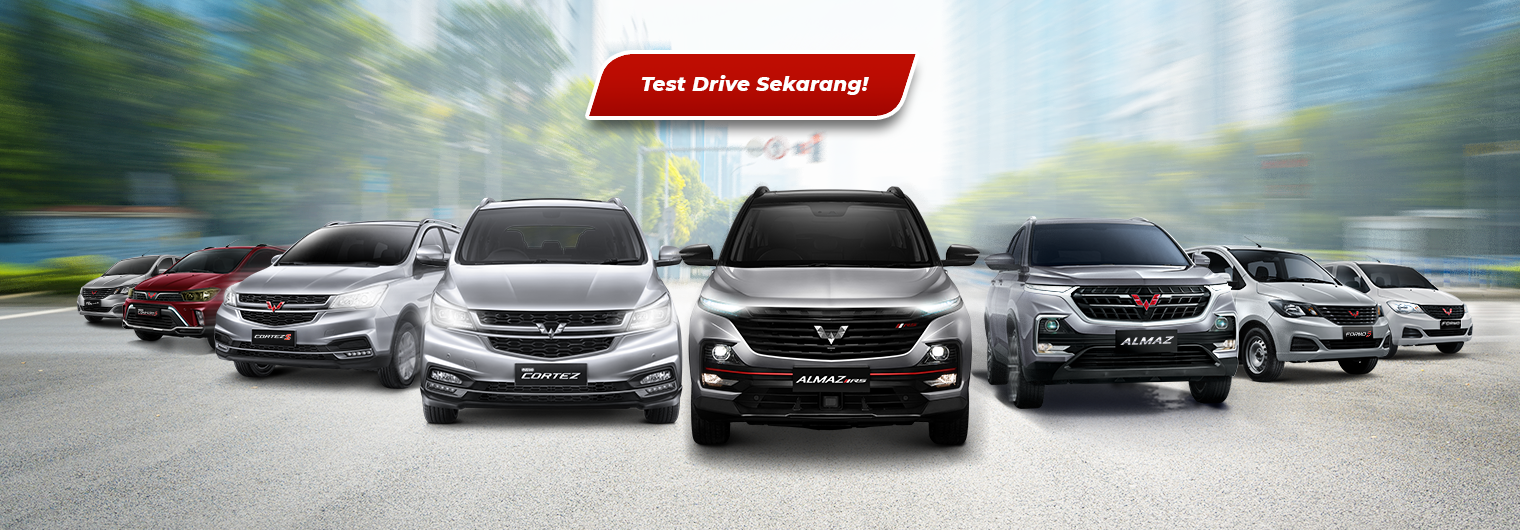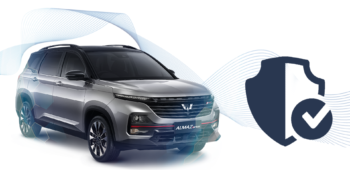Safety Driving with Advanced Driver Assistance System (ADAS) Technology
7 July, 2021
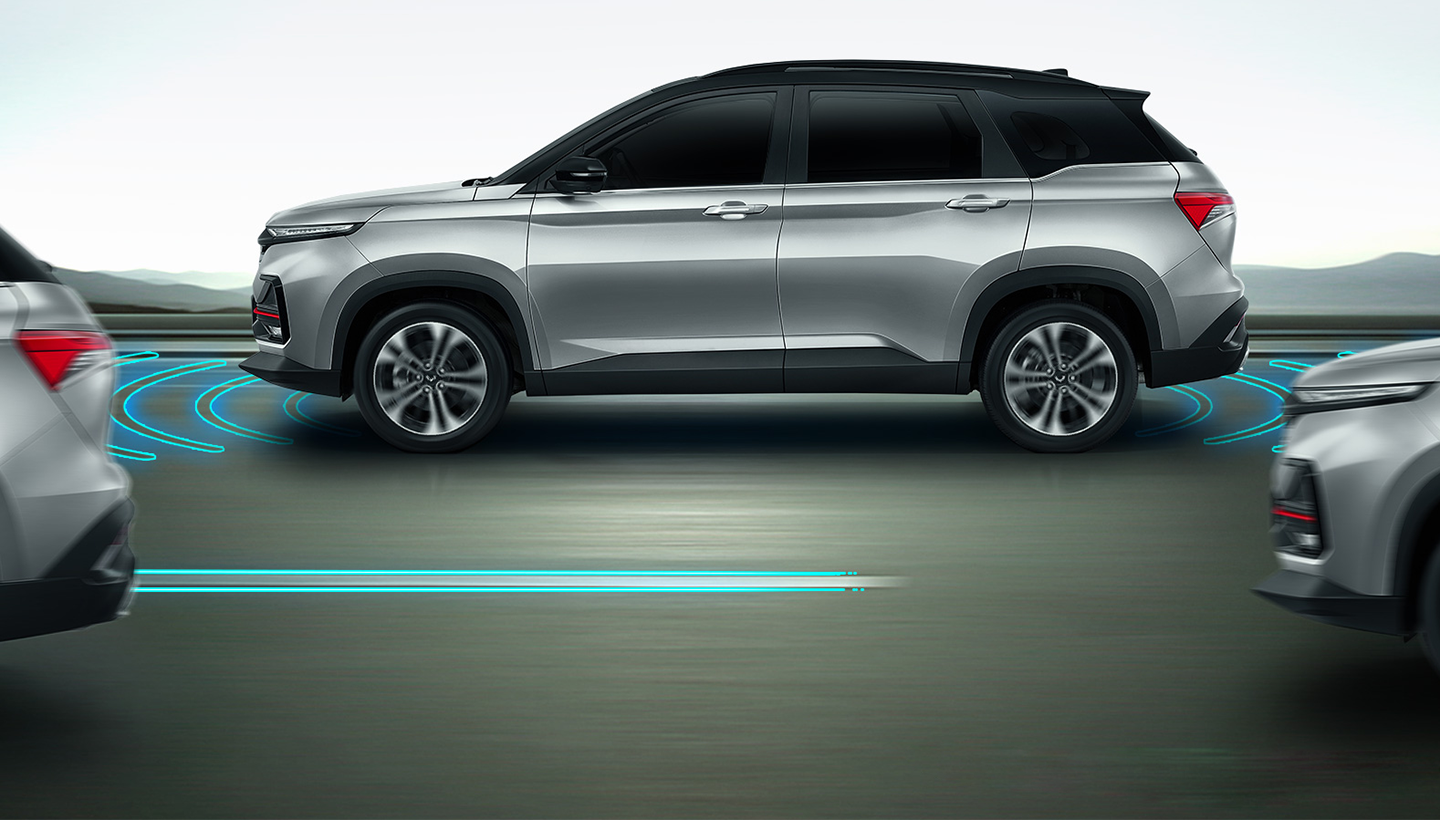
Lots of accidents occur due to human errors. However, this error can be avoided by using Advanced Driver Assistance Systems or ADAS technology.
In general, ADAS plays a role in reducing the number of car accidents and reducing serious impacts that are difficult to avoid. ADAS is an advanced technology that is very useful for safety.
Overview of The Advanced Driver Assistance System
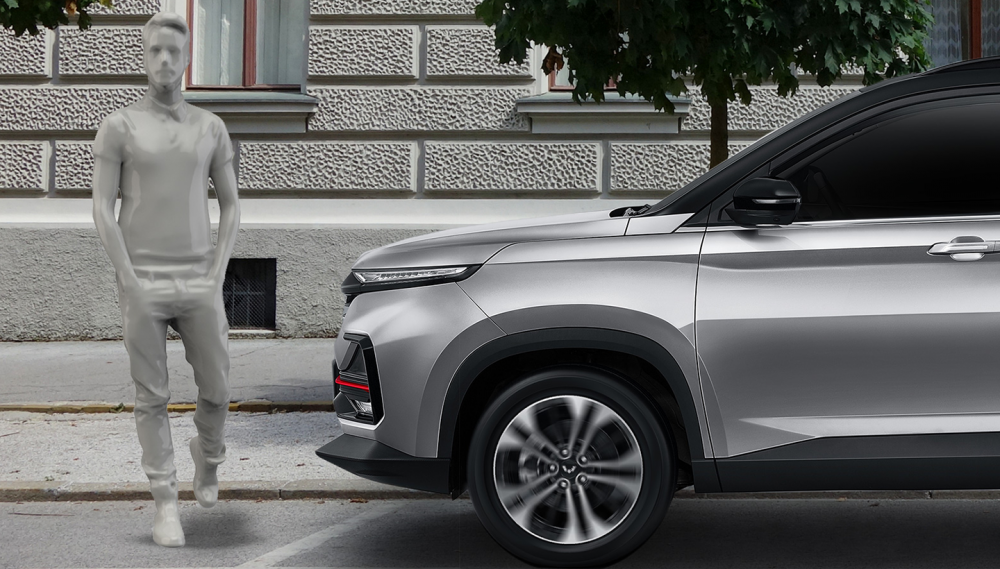
ADAS is a system that has combined the latest interface standards. This technology has run various vision-based algorithms to support real-time multimedia. ADAS has also performed intelligent processing and is already equipped with a sophisticated sensor subsystem.
Since the first, there have been efforts to improve safety in the automotive sector such as airbags, three-point seat belts and shatterproof glass. All three are passive safety measures to minimize injury in the event of a traffic accident.
ADAS is also raising safety standards with the help of intelligent devices, so that accidents can be reduced and injuries to passengers can be minimized.
It works by implementing a camera involving new artificial intelligence (AI) technology wherein a sensor is used to identify and process objects. The way this sensor works is very similar to the information processing that runs in the human brain.
The sensor has also used a number of data with the help of software to recognize images, radar, lidar and ultrasound sensors. This technology enables faster response than what can be made by the driver.
The sensor can analyze video streaming in real time and can recognize whatever is displayed in the video and subsequently determine the reaction to it.
ADAS Features That Have Been Implemented in the Almaz RS
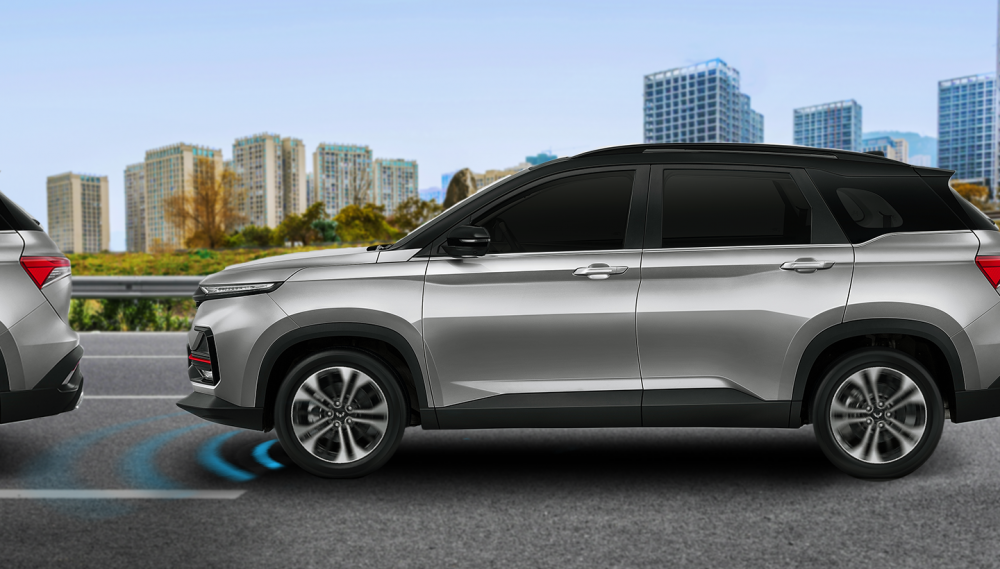
Wuling really emphasizes various safety features to improve safety standards in driving. ADAS is divided into four categories, including among others, Automatic Light, Lane Recognition and Adaptive Cruise.
1. Adaptive Cruise Control (ACC)
ACC will automatically adjust the cruising speed according to the speed of the vehicle in front, so that it can maintain a safe distance from other vehicles.
2. Bend Cruise Assistance (BCA)
BCA can help reduce car speed automatically, especially when the car enters a bend in the road.
3. Traffic Jam Assistance (TJA)
TJA is able to help cars maintain a safe distance automatically in heavy or smooth traffic conditions.
4. Intelligent Cruise Assistance (ICA) & Lane Departure Warning (LDW)
ICA and LDW will provide automatic warnings when the car gets out of the lane.
5. Lane Keeping Assistance (LKA)
LKA will automatically correct the steering direction to return to a safe or appropriate lane.
6. Safe Distance Warning (SDW)
SDW will give a warning when the vehicle in front is too close or under a safe distance.
7. Forward Collision Warning (FCW)
The FCW will detect a potential frontal collision and will provide an audible and visual warning. Instant brakes will certainly be adjusted to the level of danger that occurs.
8. Automatic Emergency Braking (AEB)
The AEB will work when the driver does not respond to the collision hazard warning and the AEB system will automatically apply emergency braking.
9 Intelligent Hydraulic Braking Assistance (IHBA)
The IHBA will adjust the amount of braking force applied automatically according to the risk of danger and if the driver’s braking force is insufficient.
10. Collision Mitigation System (CMS)
CMS will reduce the speed of the car to minimize the severity of injury or damage to the car due to a collision.
11. Intelligent Head Beam Assistance (IHMA)
IHMA is a technology that will make the car automatically adjust the height of the headlights according to the lighting conditions in the surrounding environment.
That is a complete overview of the Advanced Driver Assistance System technology that has been embedded in the Almaz RS car. Driving the Almaz RS will make your trip more comfortable as you don’t need to worry about facing obstacles or unexpected circumstances that can cause an accident.
